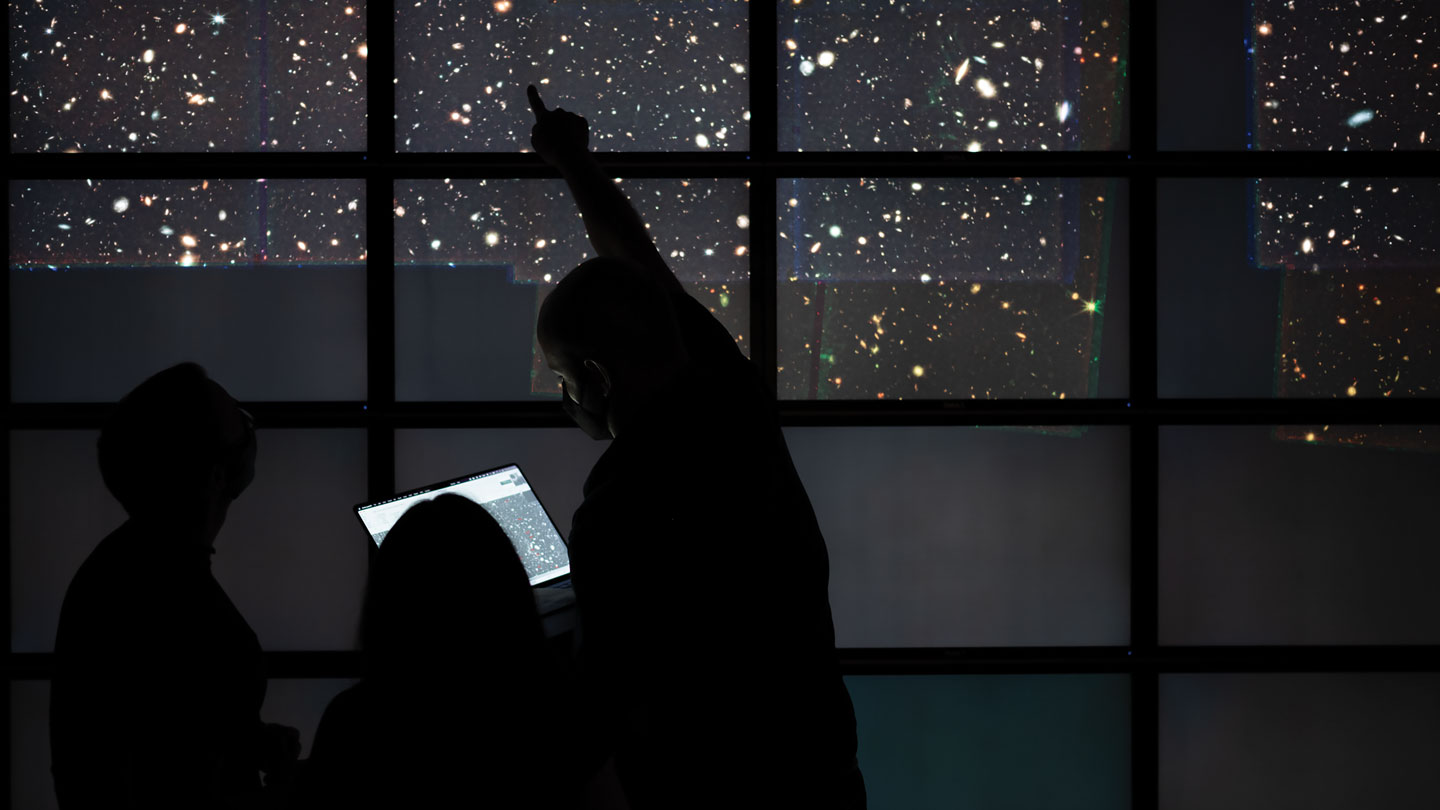When Brant Robertson saw a new measurement of the distance to a familiar galaxy, he laughed out loud.
Not everyone believed it. “We got a lot of flak,” recalls Robertson, an astrophysicist at the University of California, Santa Cruz. “It seemed too implausible that it was at such a great distance.” It felt like he was going around claiming to have seen the Loch Ness monster.
But in September, the James Webb Space Telescope, JWST for short, aimed its massive mirror and sensitive spectrograph at the same galaxy and showed that Robertson and his colleagues were right. The galaxy’s light is indeed incredibly old, dating to just 390 million years after the Big Bang. It was like someone had drained the lake, and the monster was sitting there at the bottom.
And this galactic Nessie is not alone. So far, in its first year of observations, JWST has turned up thousands of distant galaxies dating to the early universe, many more than astronomers had expected. Some of those galaxies are brighter, more massive or more mature than astronomers would have thought. They are now scratching their heads trying to explain how the galaxies could have grown up so fast.
2023-08-20 06:00:00
Source from www.sciencenews.org
